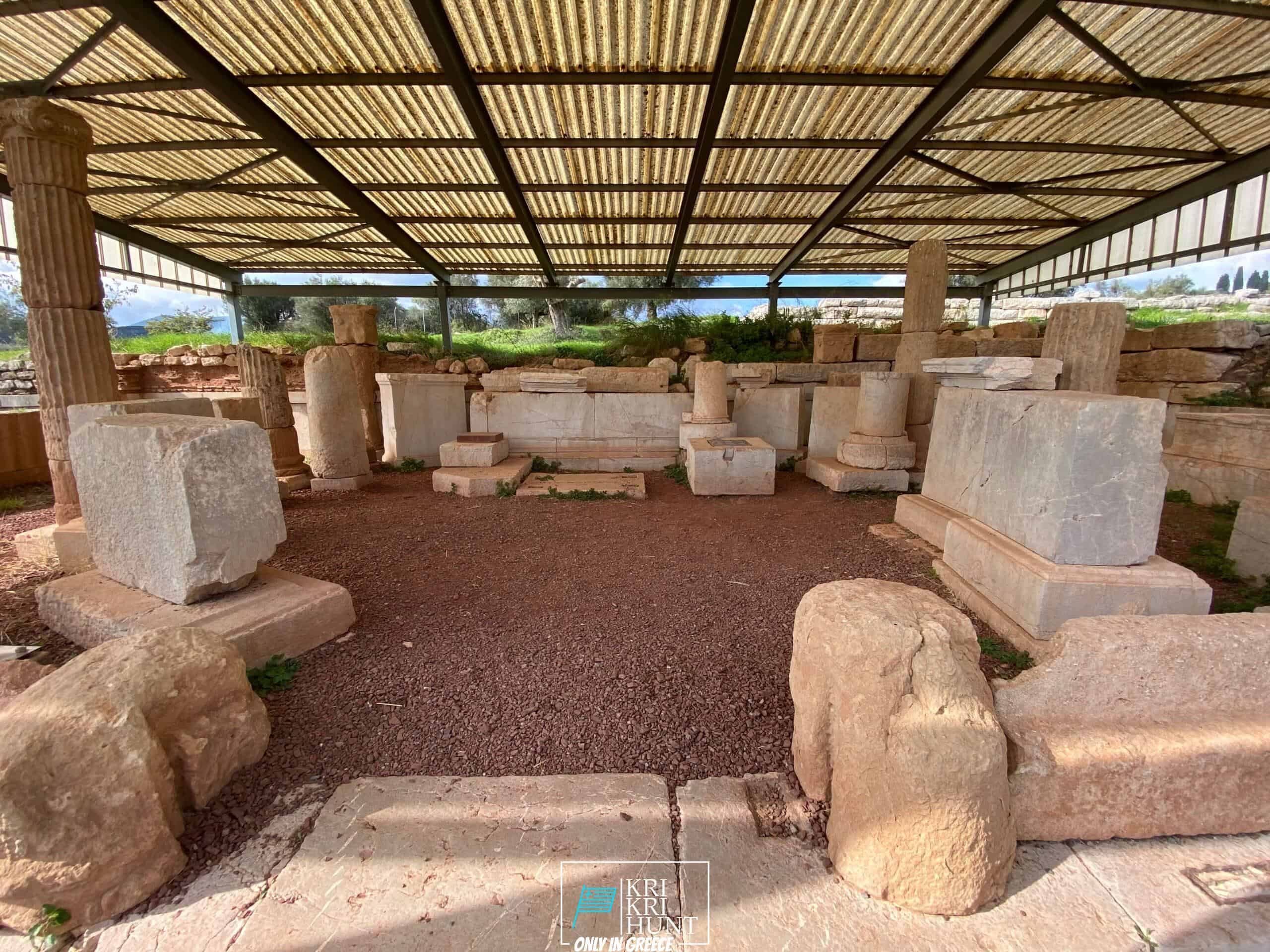Kri-kri ibex searching in Greece
Kri-kri ibex searching in Greece
Blog Article

To many individuals, The Peloponnese peninsula on the Greek Mainland is the 'real' Greece, where points have not transformed much in any way over the centuries despite the fact that many people have actually discovered it. This is an area where you can quickly invest a month or more but if you are short promptly then our searching and touring Peloponnese Tours from Methoni is a wonderful solution. The Peloponnese peninsula has something for everyone with its various tasks and also attractions.

There is no set variety of Ibexes, as the population fluctuates. The Kri-Kri is the smallest ibex varieties (Capra Aegagrus Cretica) in terms of body weight, however it has some lengthy horns. Although some specimens were determined at 115 cm in size, they were not counted in the survey. Searching of the Kri-Kri ibex is currently occurring in Greece. An Ibex gold prize actions 24 inches long. Searching is allowed on Atalanti and Sapientza islands. On Atalanti, hunting is enabled from the last week of October to the initial week of December. Hunting in Sapientza is allowed the entire month of November, thinking the weather is favorable.
What to Expect on a Peloponnese Tour? You can expect to be blown away by the natural beauty of the location when you schedule one of our hunting and also exploring Peloponnese Tours from Methoni. From the immaculate beaches to the mountains as well as forests, there is something for everyone to enjoy in the Peloponnese. On top of that, you will have the possibility to taste several of the best food that Greece needs to offer. Greek cuisine is renowned for being tasty and also fresh, and you will definitely not be disappointed. One of the best parts regarding our excursions is that they are designed to be both fun as well as academic. You will certainly find out about Greek history and also culture while additionally reaching experience it firsthand. This is a fantastic possibility to immerse yourself in everything that Greece has to supply.
There is really something for everybody in the Peloponnese peninsula. Whether you have an interest in background and culture or nature as well as outside tasks, this is a perfect destination for your next getaway. If you are short in a timely manner, our searching as well as exploring Peloponnese Tours from Methoni is a wonderful way to see whatever this spectacular location has to offer.And last but not least, your Kri Kri ibex prize is waiting for you.
What is the diference between Kri Kri ibex, Bezoar ibex and hybrid ibex
The kri-kri is not thought to be indigenous to Crete, most likely having been imported to the island during the time of the Minoan civilization. Nevertheless, it is found nowhere else and is therefore endemic to Crete. It was common throughout the Aegean but the peaks of the 8,000 ft (2,400 m) White Mountains of Western Crete are their last strongholds–particularly a series of almost vertical 3,000 ft (900 m) cliffs called ‘the Untrodden’—at the head of the Samaria Gorge. This mountain range, which hosts another 14 endemic animal species, is protected as a UNESCO Biosphere Reserve. In total, their range extends to the White Mountains, the Samaria National Forest and the islets of Dia, Thodorou, and Agii Pandes.
This Ibex is NOT a diminutive form of the Bezoar Ibex, which has migrated into the western-most reach of the range of this species. The kri – kri (Capra aegagrus cretica), sometimes called the Cretan goat, Agrimi, or Cretan Ibex, is a feral goat inhabiting the Eastern Mediterranean, previously considered a subspecies of wild goat. The kri-kri has a light brownish coat with a darker band around its neck. It has two horns that sweep back from the head. In the wild they are shy and avoid tourists, resting during the day. The animal can leap some distance or climb seemingly sheer cliffs.
“The agrimi goat Capra aegagrus cretica is unique to Crete and its offshore islands. It has been identi®ed as a sub-species of the wild bezoar goat Capra aegagrus aegagrus Erxleben, 1777, which it closely resembles in horn shape, body form and coloration. This classi®cation has been disputed by some researchers who claim that the agrimi are feral goats, derived from early domestic stock brought to the island by the ®rst Neolithic settlers. In order to clarify this issue, DNA analyses (cytochrome b and D loop sequences) were carried out on tissue of live and skeletonized agrimi and compared to sequences of wild and domestic caprines. Results conclusively show the agrimi to be a feral animal, that clades with domestic goats (Capra hircus) rather than with wild Asiatic bezoar. This study demonstrates that morphometric criteria do not necessarily re¯ect genetic af®nities, and that the taxonomic classi®cation of agrimi should be revised.”
Report this page